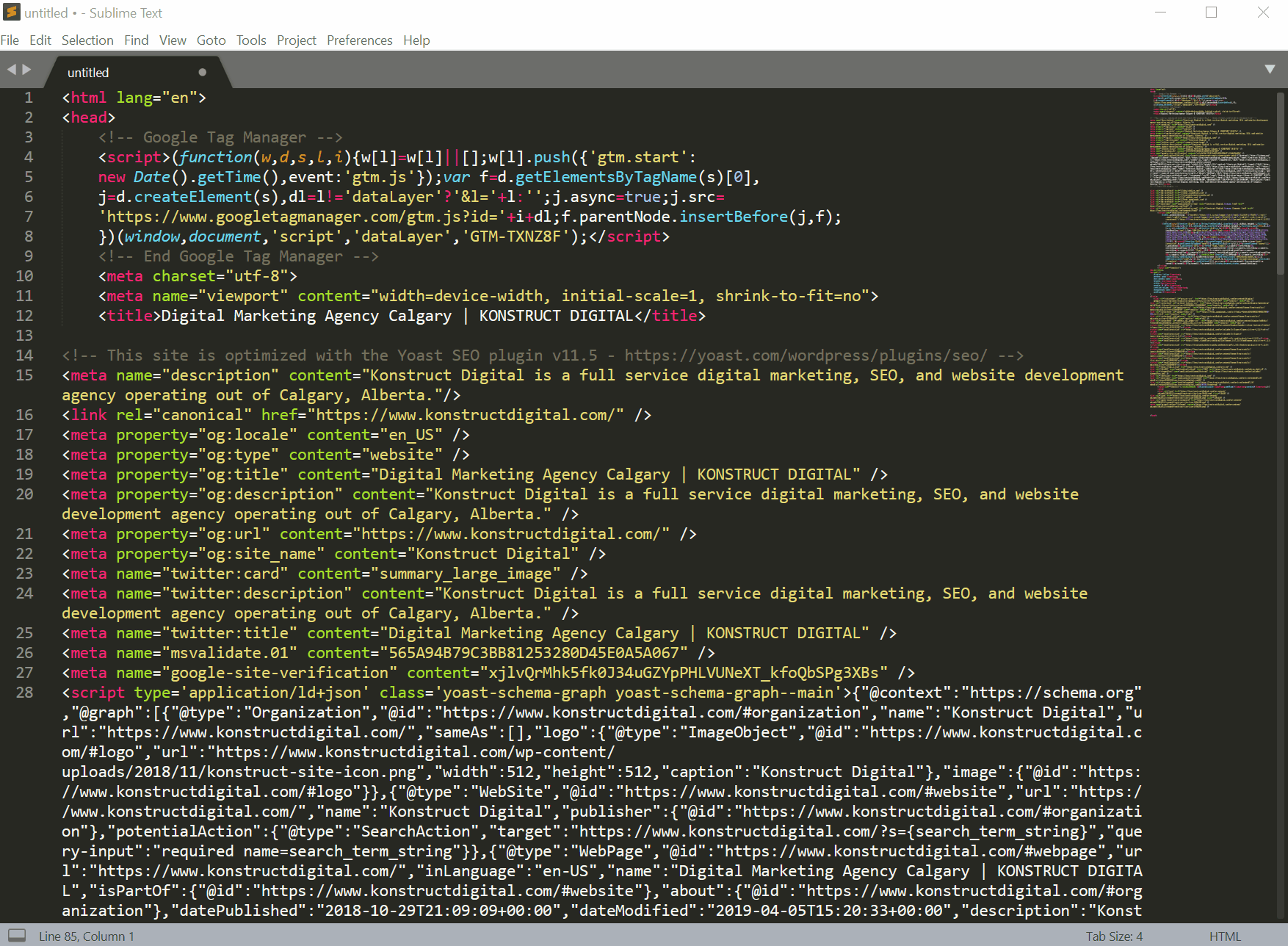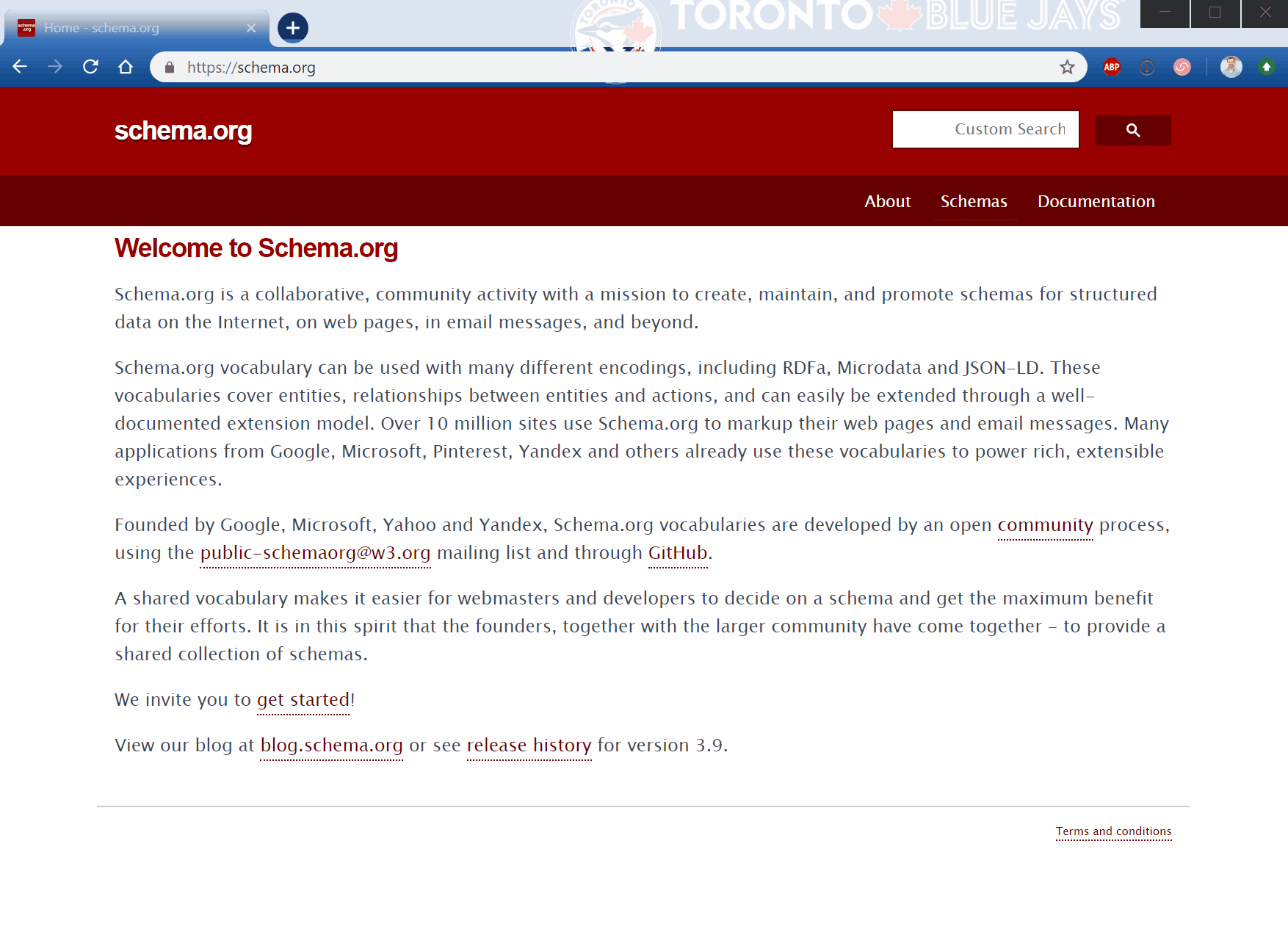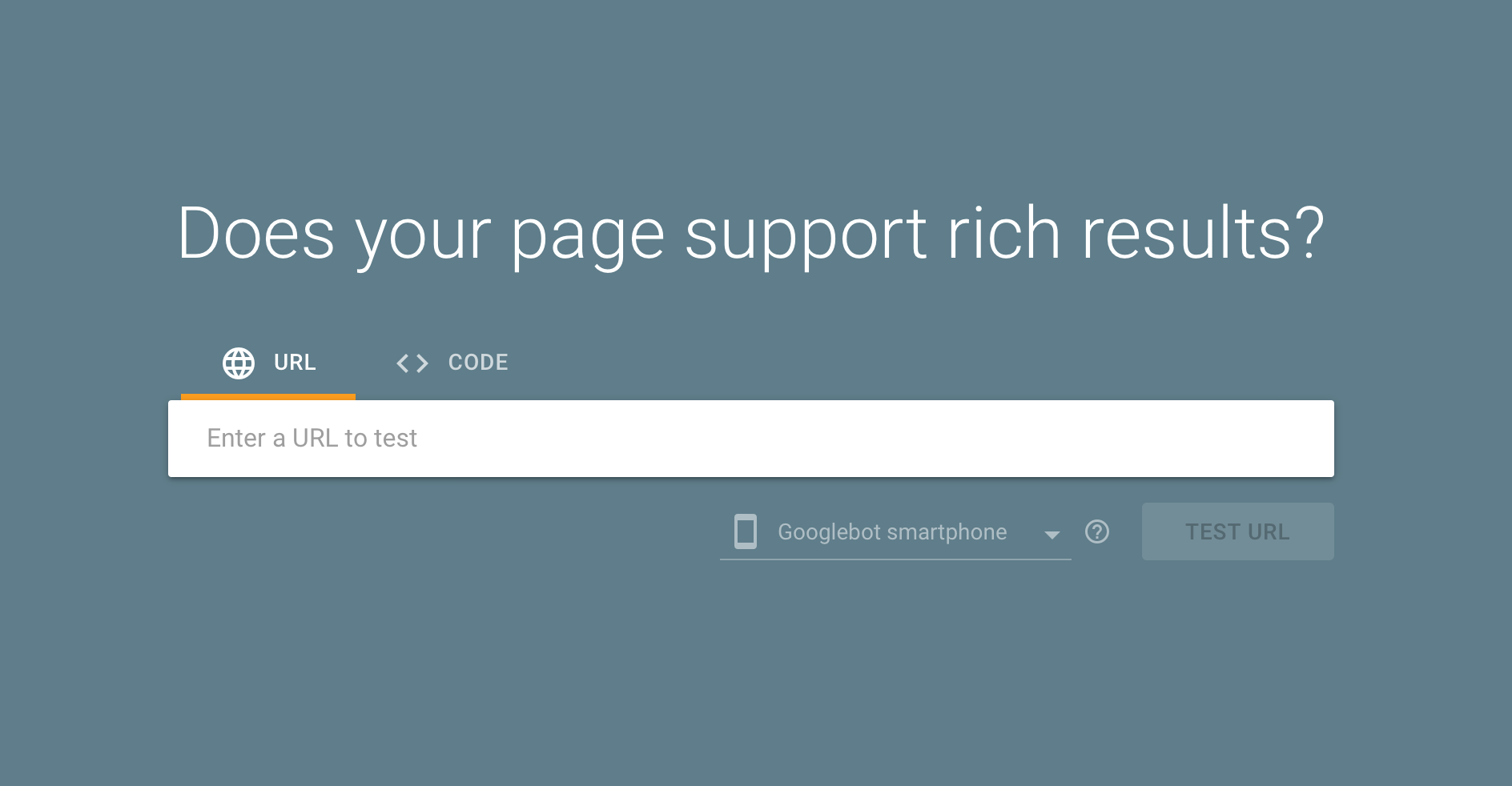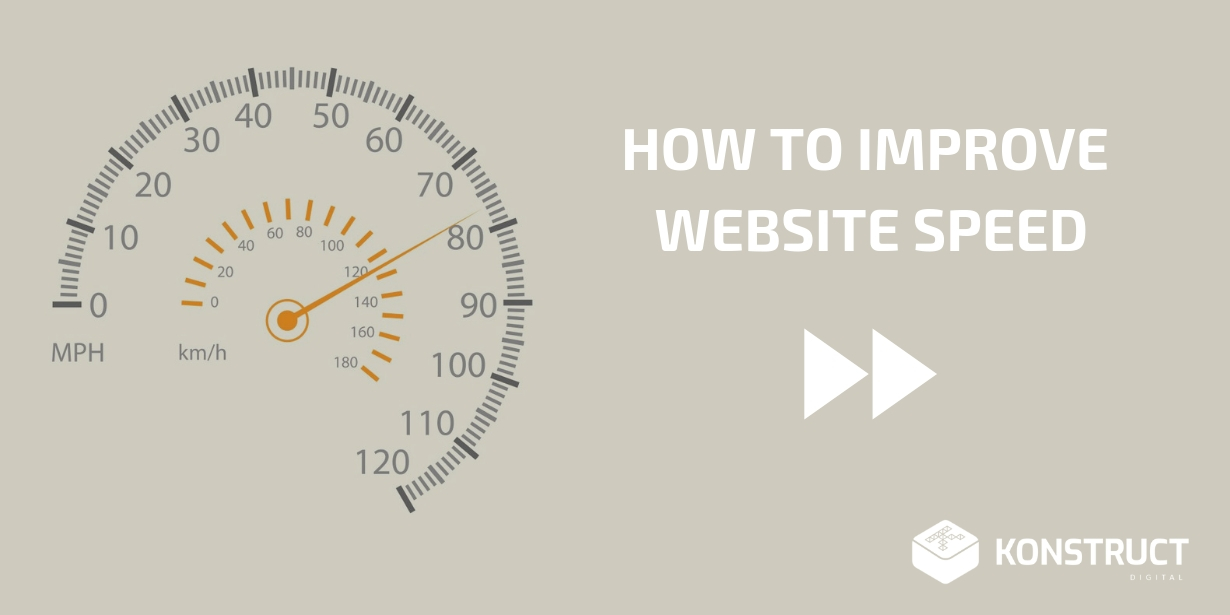Schema is becoming a more commonly used term in SEO circles, but not everyone understands just why it is helpful. Sure you may know that it can help with SEO but how exactly does it do that?
When I think of schema I like to imagine an alien in a department store. The alien has been studying Earth for a while and has a broad understanding of our ways, but has never stepped foot in an earthling store.
When the alien walks around he can, for the most part, identify what he is looking at, but he is undoubtedly going to get lost from time to time, and isn’t going to know what everything is.
Now imagine we were able to give this alien a map of the store and a list of all the items in it, written in his alien language. Now the alien would easily be able to find what his way around and identify everything he is seeing. Heck, he could even guide his alien buddies around if he wanted to.
Let’s assume that this alien is Google and the department store is your website. Google knows websites and ‘their ways’ but every website is like its own little planet. Websites can vary from each other so much and, this means Google sometimes needs to make assumptions in its indexing.
What if there was a better way to explain to Google what certain elements of your website are and the key details it should be taking from these elements?
Good news! There is a way to do this and it is called schema.
Schema is script or markup on a website that can tell Google more about your website and its elements. It can say things like you are a local business and here is what I sell and where I am, or this is a how-to section and here is each individual step you need to know about. It can be used to identify a number of different website elements.
Adding schema to your site is like giving Google a map written in its own alien language.
Local Business Schema
Local business schema is a more niche branch of schema that can help local business websites be found by Google more efficiently.
This type of schema provides Google with information about key properties associated with your business. Local business schema can provide Google with your business name, address, phone number, hours of operation and more, through the schema script or mark up.
This provides Google with this important information in a method that is easily crawlable. If you are relying on Google finding this information in your content it can be missed or miss-categorized. Giving Google important information about your business in a language it prefers makes it easier for Google to find and understand.
Schema’s Affect on Local SEO and NAP (Name, Address, Phone Number)
Local business schema can have an impact on your local SEO and NAP consistency. Ensuring your local business schema information matches your Google Business Listing information can help with your local SEO.
Matching your local business schema information to your Google Business Listing helps Google better associate your website with your listing. Helping Google with this association will improve your local SEO.
Matching your schema and your directory listing information also helps with your NAP consistency. NAP consistency is ensuring that all references to your business across the internet have the exact same information. This means ensuring the same phone number, address and address format, name, etc. are the exact same in all references to your business online.
Better NAP consistency makes it easier for Google to associate all listings to each other thus helping your local SEO. Local business schema plays an important role in this strategy.
How to Build Proper Local Business Schema
There are two methods of implementing local business schema on a website. On is through J-SON script and the other is through microdata. Breaking down the difference between these two is better explained in its own article. When it comes to implementing local business schema I suggest using J-SON script.
When implementing local business schema via J-SON script it allows you to add it to all your website pages by implementing it in the site header. This is much harder to do when using the microdata implementation method. Having local business schema in your site header means all of your website pages can benefit.
Installing Local Business Schema on your Website

Ideally, we want to install local business schema on all of your website pages. This allows Google to identify your key business information regardless of the page it is crawling and indexing.
The best way to implement local business schema sitewide is by installing the local business schema J-SON script in your site header. To do this copy the script and install it before the closing </head> tag in your site header file.
Finding the Proper Schema Type

Local business schema in itself is a schema type but there are a variety of subschema types within the local business schema type. Think of it like a series of folders on your desktop, you open a broad folder with more folders in it and when you open the next folder there is a series of folder within that. Every time you open another folder you find more specific information.
When choosing your local business schema type you want to find a schema type that is as specific to your business as possible.
To find the different local business schema types go to https://schema.org/LocalBusiness, at the bottom of the page is a list of more specific local business schema types. From this list choose the type that is most related to your business, but don’t stop there. Each specific local business schema type page has another list of even more specific schema types located at the bottom. Keep choosing from these lists until you find the schema type most related to your business.
Properties that Need to be Included in your Local Business Schema
When building local business schema there are a number of properties that need to be included. These properties are:
- Address – The address of your business
- Description – A description of your business (include keywords important to your business)
- Telephone – Your business phone number
- Name – Your business name
- Image – A URL to your business logo
- Price Range – The range a person may pay when interacting with your business
- Opening Hours – Your business hours of operation
- URL – Your business website URL
- Has Map – A link to the Google Map for your business
- Same As – Links to social profiles associated with your business
What your Local Business Schema J-SON Script should Look Like
Here is an example/template of the J-SON script that should be implemented on your website.
<script type="application/ld+json">
{
"@context": "http://schema.org",
"@type": "EntertainmentBusiness",
"address": {
"@type": "PostalAddress",
"addressLocality": "Calgary",
"addressRegion": "AB",
"postalCode":"T2T 2T2",
"streetAddress": "123 Fake Street"
},
"description": "This is a business that sells goods or offers services",
"telephone": "(403) 222-2222",
"name": "Your Business",
"image": "https://yourbusiness.ca/wp-content/uploads/2019/03/logo.png",
"priceRange": "$10 - $500",
"openingHours": "Mo, Tu, We, Th, Su 10:00-22:00 Fr, Sa 10:00-23:00",
"url": "https://yourbusiness.ca/",
"hasMap": "https://g.page/your-business?share",
"sameAs" : [ "https://www.facebook.com/yourbusiness/, https://www.instagram.com/yourbusiness/"]
}
</script>When using the above template it is important to note that all quotations, commas and brackets should not be changed. If the structure of the schema is changed it can break the script.
How to Properly Test your Schema

Once you have built your schema you need to test it to make sure it properly relays your information to Google. Broken schema can cause errors and as a result become completely useless.
To test your schema go to https://search.google.com/test/rich-results/. This tool will allow you to test your schema and preview your rich results in two different ways, either by inputting a URL with the schema implemented on it, or testing your script directly by pasting it in the code snippet area.
Once your script has been tested and you have no errors you can move forward with implementing it in your website header.
As discussed previously your local business schema should be installed in your website’s header.
Need Help? We’re Experts
At Konstruct Digital we have an expert team of SEO’s. Our team is experienced in implementing all types of schema on a wide variety of websites. If you need help implementing schema on your website just give us a call.








